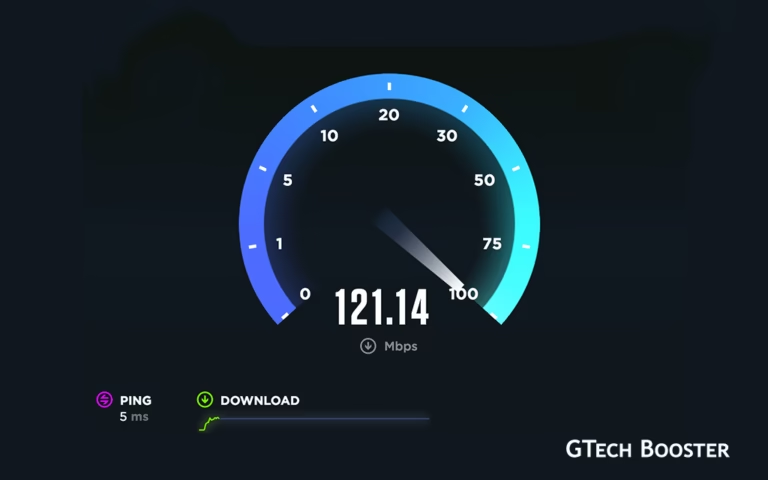The best way to tune your DHCP lease time for best network performance and security
Optimizing your DHCP lease time is essential for optimal network performance and security. By determining the appropriate lease time for your network, adjusting lease times based on the client type, and enabling dynamic allocation, you can ensure a stable and secure network.

DHCP (Dynamic Host Configuration Protocol) is a network protocol that automatically assigns IP (Internet Protocol) addresses and other network configuration parameters to devices on a network. The DHCP server manages a pool of IP addresses, leases each address for a specific period of time, and assigns an available address to a device that requests one. DHCP also provides additional network information, such as the default gateway and DNS (Domain Name System) servers, which devices need to access the internet and other network resources.
DHCP simplifies network administration by automating the process of assigning IP addresses and configuration parameters to client devices. It eliminates the need for administrators to manually assign IP addresses, which can be time-consuming and prone to errors.
DHCP requests and responses occur in the background and are transparent to the user, allowing devices to connect to the network automatically without requiring manual intervention. This saves time and reduces the risk of configuration errors.
DHCP is widely used in both wired and wireless networks, including home networks, large enterprises, and public Wi-Fi environments. The protocol has become an essential component of modern networks, facilitating fast and efficient connectivity for a variety of devices, including computers, smartphones, tablets, and IoT (Internet of Things) devices.
Ways that DHCP lease time can affect network
Here are some ways that the DHCP lease time can affect network performance based on the search results:
- DHCP-related network traffic: A shorter DHCP lease time can increase DHCP-related network traffic, as devices will need to renew their IP addresses more frequently. This can lead to more network congestion and slower performance.
- IP conflicts: If the DHCP lease time is too long, there is a higher chance of IP conflicts occurring when devices are restarted or disconnected from the network. This can cause connectivity issues and slow down network performance.
- DHCP server load: A shorter DHCP lease time can increase the load on the DHCP server, as it will need to process more requests for IP addresses. This can slow down the DHCP server and impact network performance.
- Device usage: The DHCP lease time can be adjusted based on device usage. For example, shorter lease times may be appropriate for mobile or guest devices that move around a lot, while longer lease times may be better for devices that are consistently connected and in use.
- DHCP scope: DHCP lease times can be customized for specific devices or scopes. This can help optimize the lease time for each individual device or group of devices, which can improve network performance.
When a device’s DHCP lease expires, the IP address associated with the device will no longer be valid, and the device will need to request a new IP address from the DHCP server2. Here are the steps that occur when a DHCP lease expires. The device’s DHCP lease expires after a set amount of time, usually around 24 hours. The device will attempt to renew its DHCP lease with the DHCP server. This typically occurs after half of the lease time has passed. If the DHCP server is available and the device is able to renew its lease, the device will continue to use the same IP address. If the DHCP server is unavailable or the device is unable to renew its lease, the device will stop using its current IP address and request a new IP address from the DHCP server. The DHCP server will assign a new IP address to the device, and the device will begin using the new IP address. The device will continue to use the new IP address until its DHCP lease expires again.
what happens when a device’s DHCP lease expires
Best practices and recommendations
- Set a maximum lease time of around 24 hours: This is generally considered a good practice and should be sufficient for most devices.
- Adjust the lease time based on device usage: For devices that are frequently connected and disconnected, a shorter lease time may be appropriate. For example, mobile or guest devices that move around a lot may benefit from a shorter lease time.
- Consider longer lease times for devices that are permanently in use: Devices that are consistently connected and in use, such as workstations, may benefit from longer lease times. This can reduce DHCP-related network traffic.
- Customize lease times for specific devices or scopes: In larger networks, it may be beneficial to adjust the DHCP lease times for specific devices or scopes. For example, workstations could have longer lease times, while guest or mobile devices could have shorter lease times.
- Leave the default lease time for home networks: For home networks, it is generally recommended to leave the DHCP lease time at the default setting, which is often around 24 hours.
- Consider extending lease times for more consistency: If you want to reduce the chances of devices experiencing IP address changes, you can consider extending the lease times. Some routers allow you to specify lease times of up to a week or even longer.
The DHCP lease time has a significant impact on network performance, stability, and security. A DHCP lease time that is too short can increase network traffic and cause frequent IP address renewal requests, which can lead to network instability. Conversely, a DHCP lease time that is too long can lead to IP address exhaustion, reducing the number of available addresses for new clients.
The DHCP lease time can impact network performance in several ways, including DHCP-related network traffic, IP conflicts, DHCP server load, and device usage. It is important to choose an appropriate lease time based on the specific network environment and its requirements.















